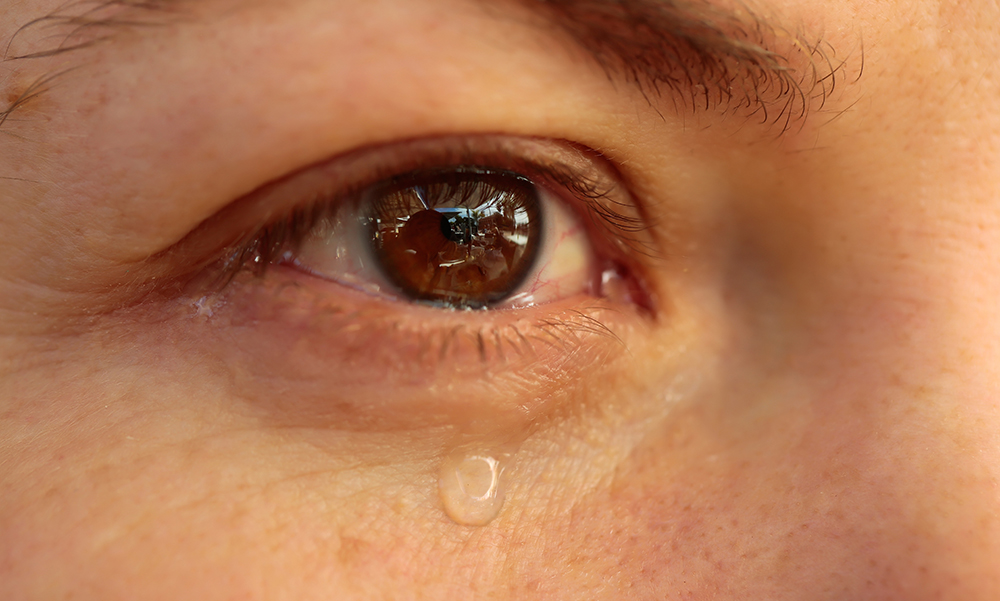Facts About Tears
Tears serve many purposes, and your eyes produce them all the time. In fact, you make 15 to 30 gallons of tears each year.
You Have More Than One Type of Tear
Tears are essential to help you see clearly and maintain the health of your eyes. They can also help communicate your emotions. Your body makes three types of tears.
Basal tears are in your eyes all the time to lubricate, nourish and protect your cornea. Basal tears act as a constant shield between the eye and the rest of the world, keeping dirt and debris away.
Reflex tears are formed when your eyes need to wash away harmful irritants, such as smoke, foreign bodies or onion fumes. Your eyes release them in larger amounts than basal tears, and they may contain more antibodies to help fight bacteria.
Emotional tears are produced in response to joy, sadness, fear and other emotional states. Some scientists have proposed that emotional tears contain additional hormones and proteins not present in basal or reflex tears.
Tears Have Layers
Tears are not just saline. They have a similar structure to saliva and contain enzymes, lipids, metabolites and electrolytes. Each tear has three layers:
- An inner mucus layer that keeps the whole tear fastened to the eye.
- A watery middle layer (the thickest layer) to keep the eye hydrated, repel bacteria and protect the cornea.
- An outer oily layer to keep the surface of the tear smooth for the eye to see through, and to prevent the other layers from evaporating.
How Your Body Makes Tears
Lacrimal glands above each eye produce your tears. As you blink, tears spread across the surface of the eye. Then the tears drain into puncta, tiny holes in the corners of your upper and lower eyelids. Your tears then travel through small canals in the lids and down a duct before emptying into your nose. There, tears will either evaporate or be reabsorbed.
Sometimes babies are born with a blocked tear duct, a condition that usually resolves on its own. An eye infection, swelling, injury or a tumor can cause a blocked tear duct in adults.
When a lot of emotional or reflex tears are made, they overwhelm the lacrimal drainage system. That’s why these tears can spill out of your eyes, run down your cheeks and sometimes dribble out of your nose.
You’ll Make Fewer Tears as You Get Older
Basal tear production slows with age, and this can lead to the development of dry eye. Dry eye is a common problem for people undergoing hormonal changes, especially women during pregnancy and menopause. Contact lenses and certain medications can also cause dry eye. If you have dry eye, you may also be prone to blepharitis, a common cause of irritation or swelling of the eyelids. In addition to seeing an ophthalmologist, there are many simple things you can do at home to keep your eyes moist.
Article from American Academy of Ophthalmology
 02-056-3333
02-056-3333





